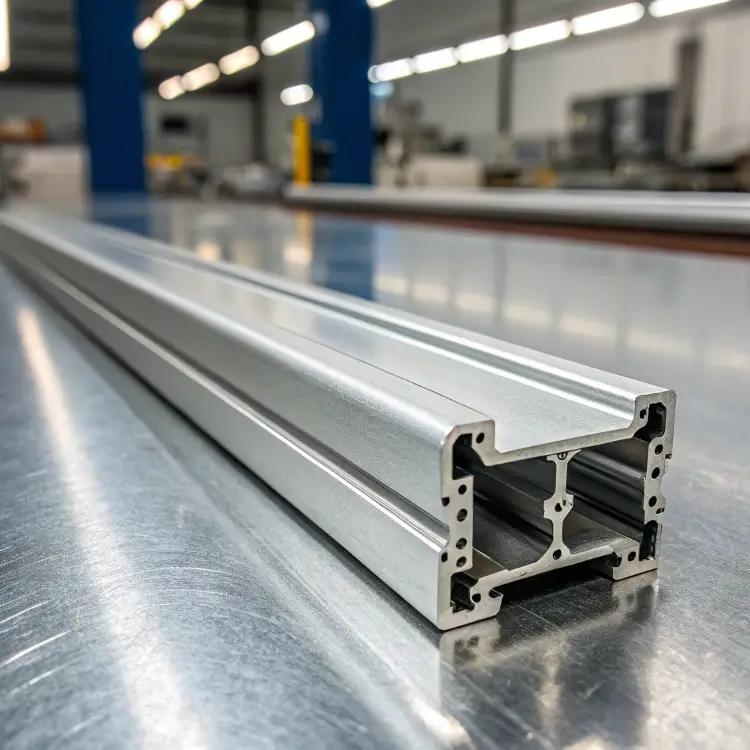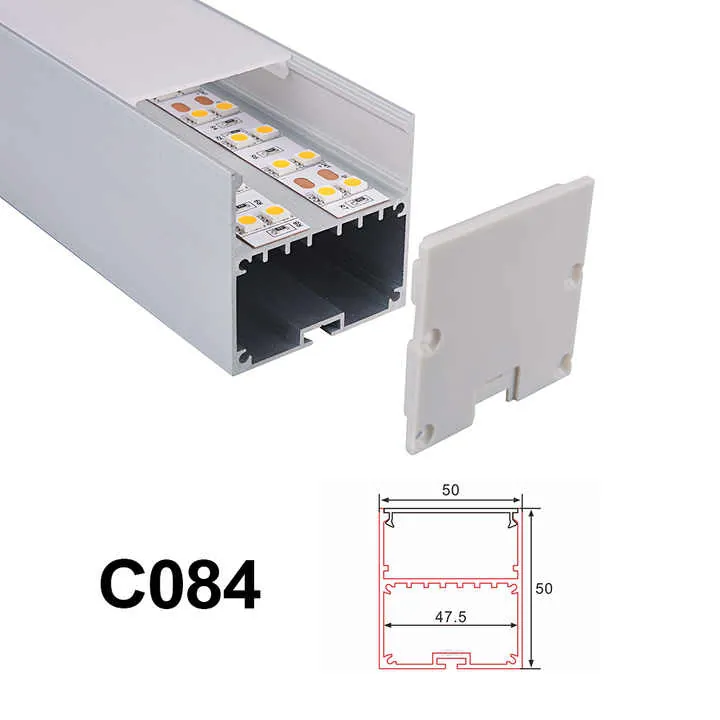What is the difference between stainless steel and aluminum?

Most people confuse aluminum and stainless steel. They look similar. But choosing the wrong one could cost your business time, money, and even product failure.
Stainless steel is stronger and heavier, while aluminum is lighter and more corrosion-resistant. The right choice depends on your project’s need for weight, strength, or resistance to weather and chemicals.
They both shine, but their performance is totally different. If you’re in construction, manufacturing, or design, you need to know when to use each.
What is the main strength difference between stainless steel and aluminum?
Aluminum is light but not weak. Stainless steel is heavy and strong. Knowing how strong they are will help you choose the right one for your job.
Stainless steel is up to three times stronger than aluminum in tensile strength. This makes it better for heavy-duty use. Aluminum is still strong but better suited for lightweight applications.

How do their strength values compare?
Let’s look at some actual numbers:
| Property | Aluminum (6061-T6) | Stainless Steel (304) |
|---|---|---|
| Tensile Strength (MPa) | ~290 | ~505 |
| Yield Strength (MPa) | ~241 | ~215 |
| Modulus of Elasticity | 69 GPa | 200 GPa |
Even though aluminum has higher yield strength in some cases, stainless steel offers much higher tensile strength and rigidity. That’s why it’s often used for bridges, car frames, and high-impact structures.
When does this matter?
If you’re designing a product that needs to handle a lot of force—like a railing, a support frame, or a structural beam—then stainless steel is your best bet. Aluminum, on the other hand, is perfect for aircraft parts, window frames, or portable tools, where weight matters more than brute strength.
Stainless steel is generally stronger than aluminum.True
Stainless steel typically has higher tensile strength than aluminum, making it more suitable for load-bearing and structural applications.
Aluminum is stronger than stainless steel in all conditions.False
While aluminum is lightweight and strong for its weight, stainless steel has a higher tensile strength in most conditions.
Why is stainless steel heavier than aluminum?
Aluminum feels light. Stainless steel feels solid. Their weight difference isn’t a small thing—it can change how a structure is built.
Stainless steel is about 2.5 times denser than aluminum, which makes it much heavier. That extra weight can either be a strength or a drawback, depending on the project.

How much heavier?
Here’s a simple comparison:
| Material | Density (g/cm3) |
|---|---|
| Aluminum | 2.70 |
| Stainless Steel | 8.00 |
This difference means a 1-meter bar of stainless steel weighs nearly three times as much as the same bar in aluminum.
What does this mean for your business?
If you’re shipping large quantities of material, weight affects cost. If you’re building a moving part—like a robot arm or a drone—extra weight could reduce performance. In these cases, aluminum wins.
But if you’re building something that must stay put and take pressure, like a balcony railing or a kitchen counter frame, then the weight of stainless steel adds stability and durability.
Stainless steel is heavier because it has a higher density.True
Stainless steel is denser than aluminum, which makes it heavier for the same volume.
Aluminum is heavier than stainless steel.False
Aluminum is much lighter due to its lower density compared to stainless steel.
How do corrosion resistances compare between them?
Corrosion eats away metal. Some metals fight it better than others. Understanding how aluminum and stainless steel hold up to the elements is key to long-lasting design.
Aluminum forms a natural oxide layer that resists corrosion, especially in salty or marine environments. Stainless steel resists corrosion too, but needs specific grades to perform in tough conditions.

What protects them?
- Aluminum: builds a thin, hard oxide layer when exposed to air. This self-healing layer stops more corrosion.
- Stainless steel: contains chromium, which reacts with oxygen to form a similar protective layer.
But not all stainless steels are the same. 316 stainless steel, for example, is much more corrosion-resistant than 304. In salty air or chemical exposure, aluminum often holds up better unless a special stainless steel is used.
What environment are you working in?
If your project is near the ocean, or involves a lot of water exposure, aluminum might be your best choice—unless you use 316 stainless steel, which is much more expensive.
If you’re indoors, in dry or controlled environments, stainless steel is usually fine and may offer more scratch resistance.
Aluminum is naturally corrosion-resistant.True
Aluminum forms a protective oxide layer when exposed to air, which makes it highly resistant to corrosion.
All stainless steels resist corrosion equally.False
Different stainless steel grades offer varying levels of corrosion resistance. For example, 316 is more resistant than 304.
When should aluminum be used instead of stainless steel?
Sometimes, choosing aluminum instead of stainless steel makes your project cheaper, faster, and better. But when is that?
Use aluminum when you need something lightweight, corrosion-resistant, and easy to machine. It works best in aerospace, automotive, and marine applications where weight matters.

Here are ideal cases for aluminum:
- Transport: Less weight means less fuel.
- Construction: Great for window frames and facades.
- Electronics: Better heat dissipation.
- Food Packaging: Non-toxic and rust-free.
It’s also much easier to cut, drill, weld, and shape. That saves time and money in manufacturing.
Cost and efficiency
Aluminum is usually cheaper, especially when you factor in processing costs. Its easier machinability means lower labor and tool wear. This makes it ideal for large volume or budget-sensitive jobs.
But always double-check your strength and heat requirements. If the product must carry heavy loads or endure high temperatures, stainless steel could still be the right call.
Aluminum is easier to machine and work with than stainless steel.True
Aluminum is softer and requires less energy and tool wear during machining compared to stainless steel.
Stainless steel is always cheaper than aluminum.False
Aluminum is often more cost-effective due to lower material and processing costs.
Conclusion
Aluminum and stainless steel serve different roles. Aluminum is light and easy to shape, while stainless steel is strong and tough. Choosing the right one depends on your job’s weight, strength, and environment needs.



